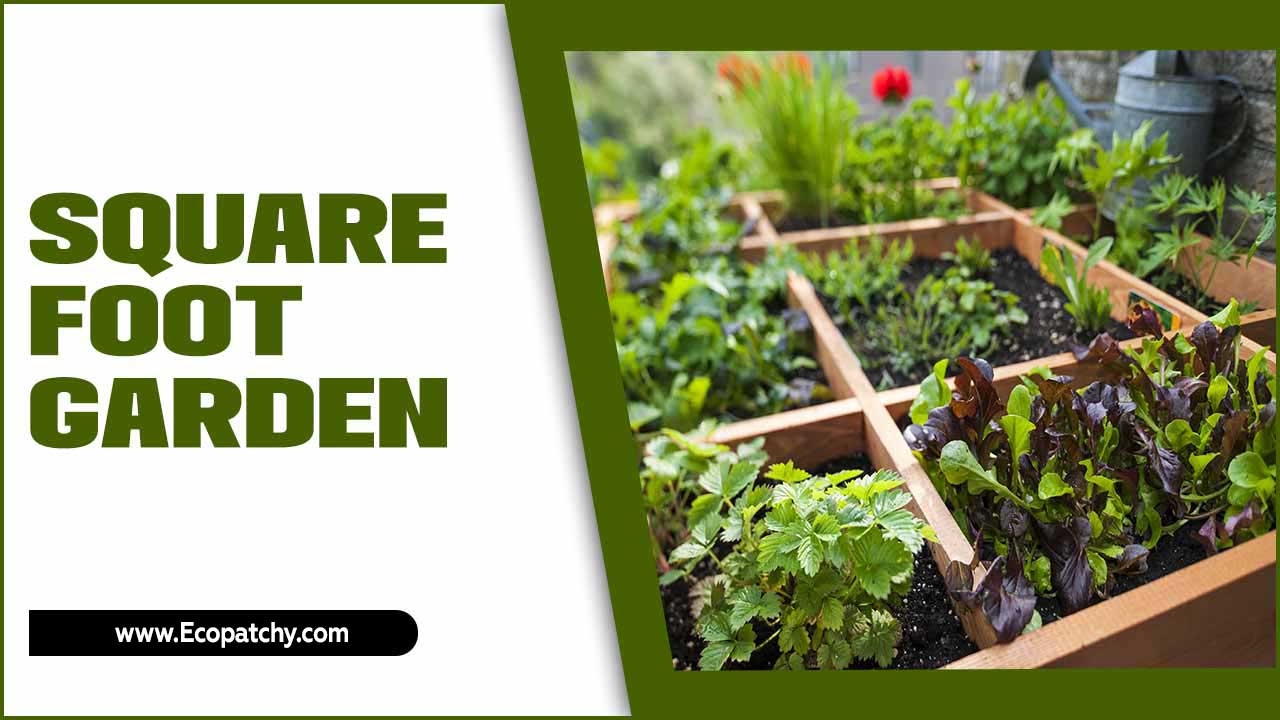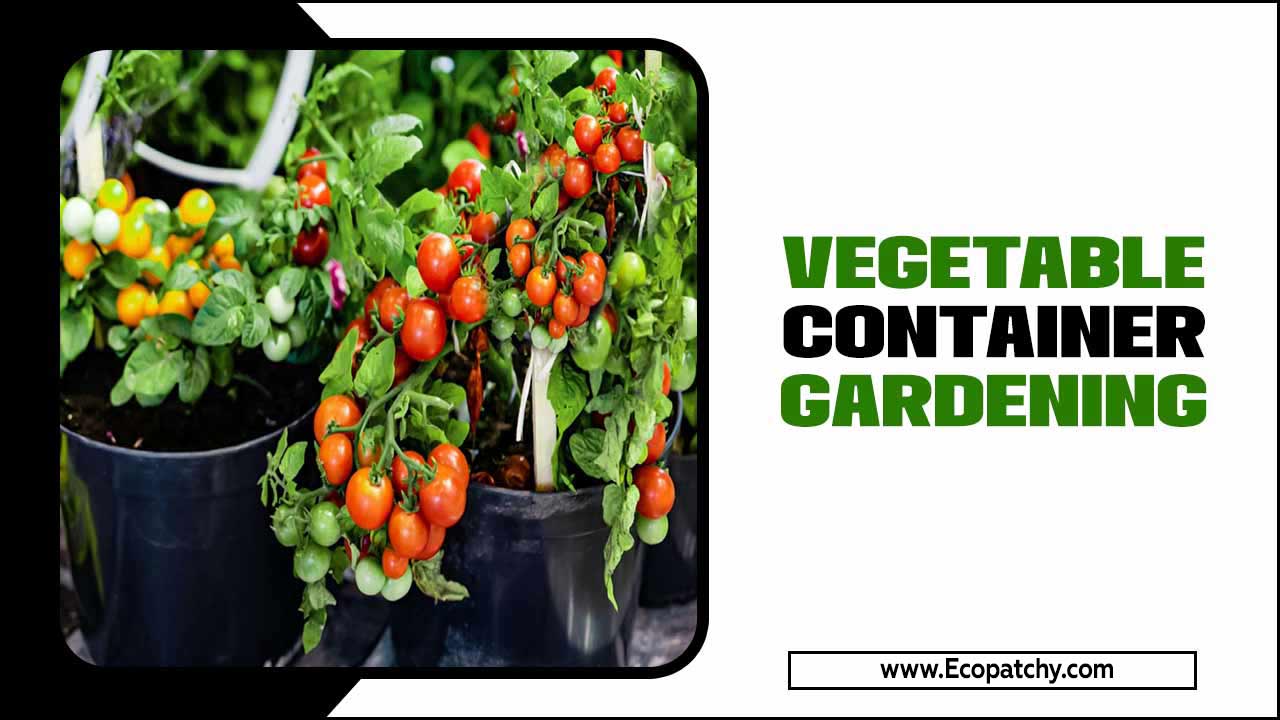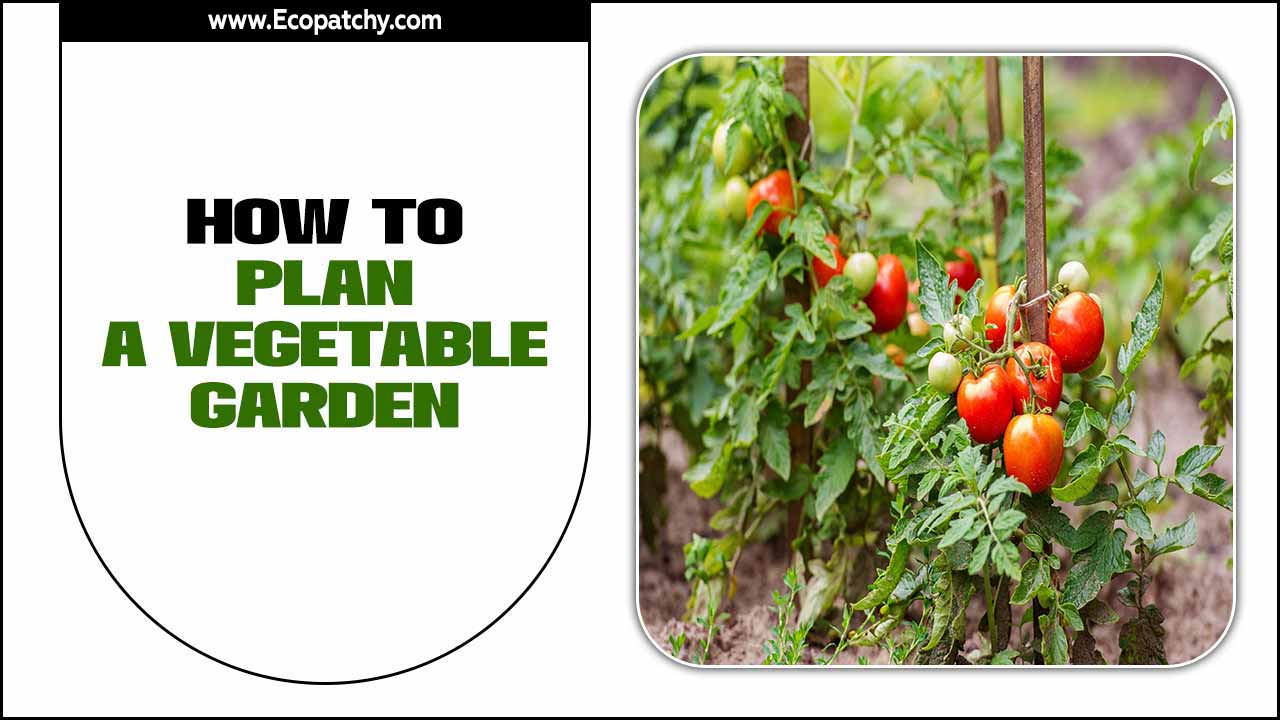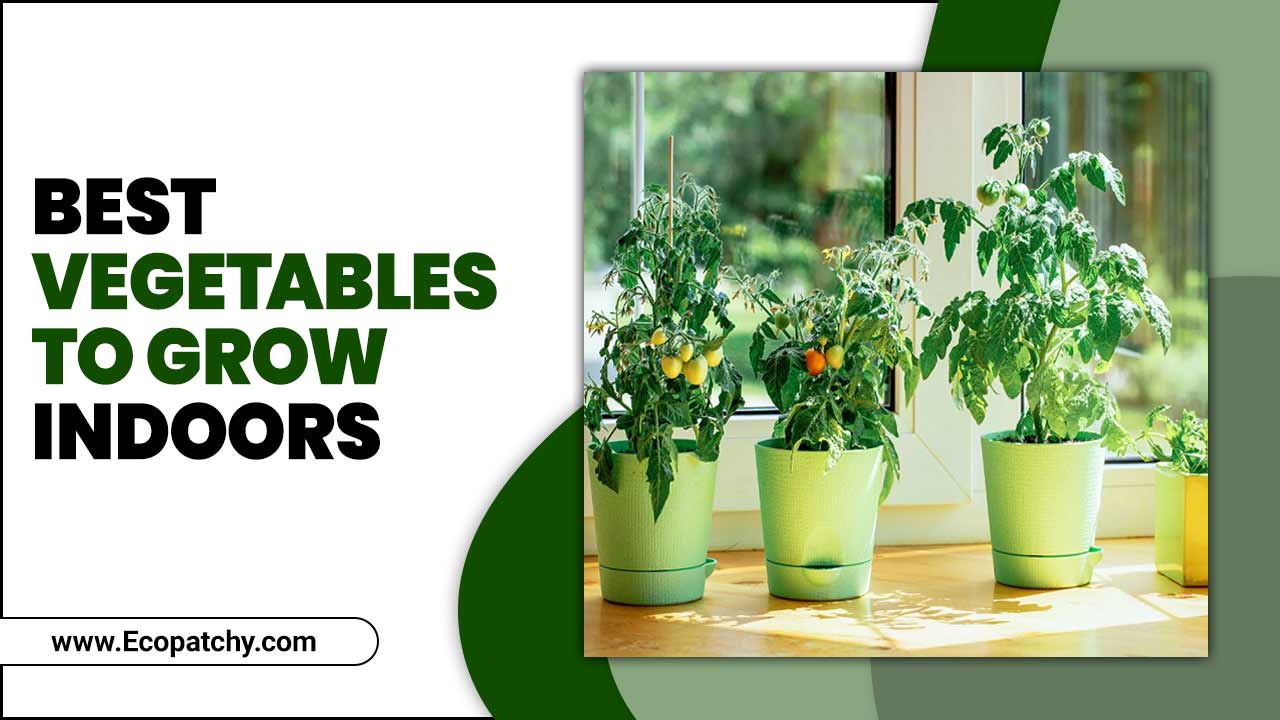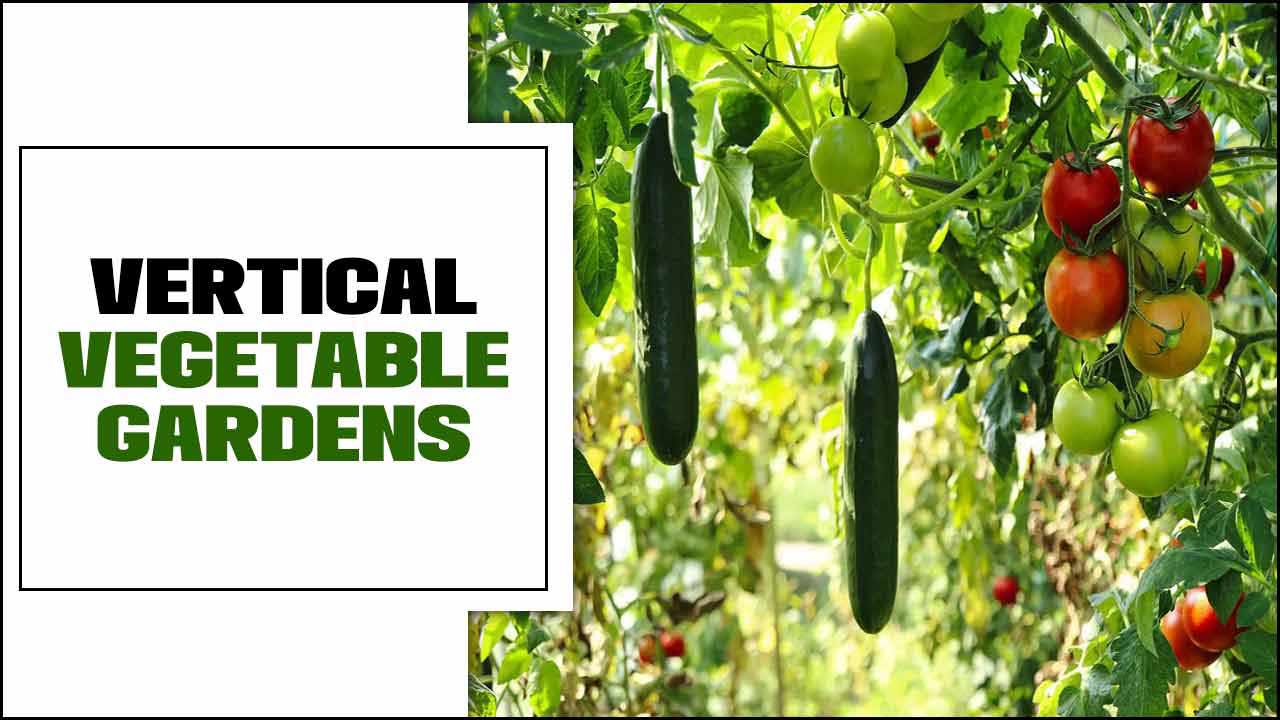Creating a lush and vibrant garden is a dream shared by many, but for those with limited space, it may seem like an impossible task. However, with the right approach and a bit of creativity, even the smallest of spaces can be transformed into a bountiful and productive garden.
We will explore various ideas and techniques for garden ideas for small spaces and maximum yields, proving that size should not limit your gardening potential.
Whether you have a balcony, a tiny backyard, or just a small patch of land, these ideas will inspire and guide you in creating a beautiful and productive garden that you can enjoy year-round. So, roll up your sleeves and get ready to turn your small space into a green oasis bursting with delicious and nutritious produce.
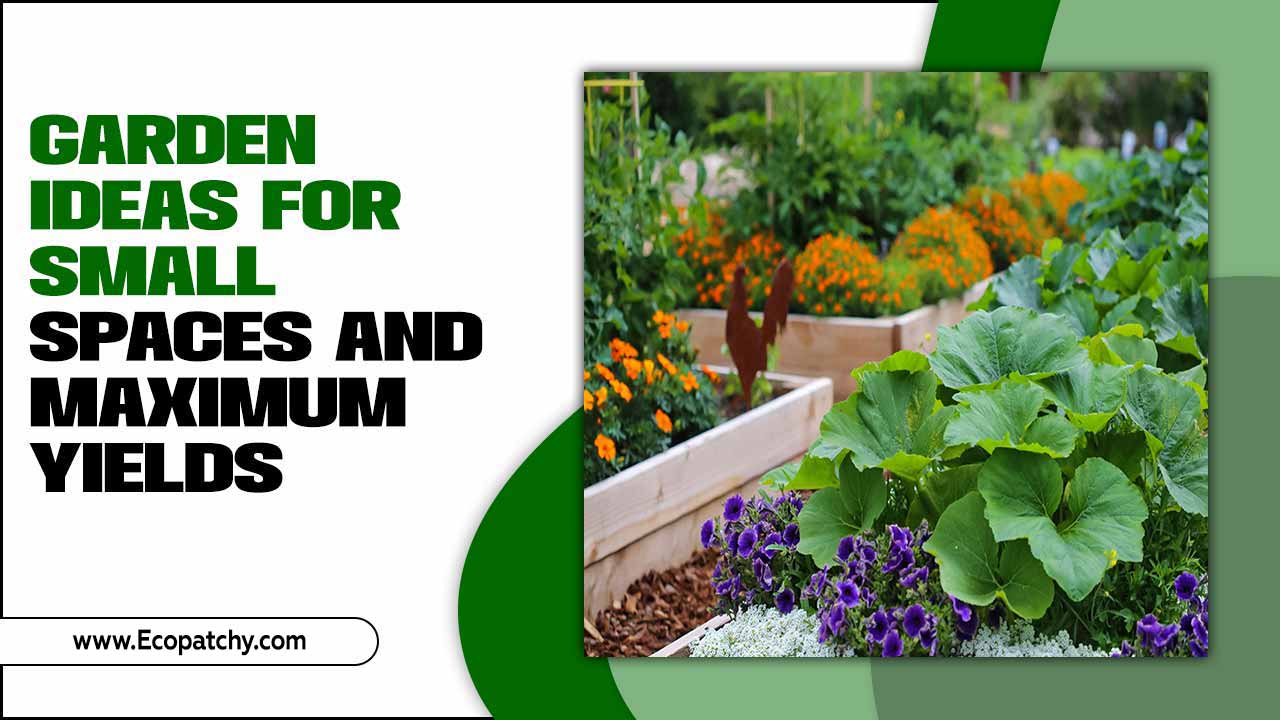
10 Garden Ideas For Small Spaces And Maximum Yields
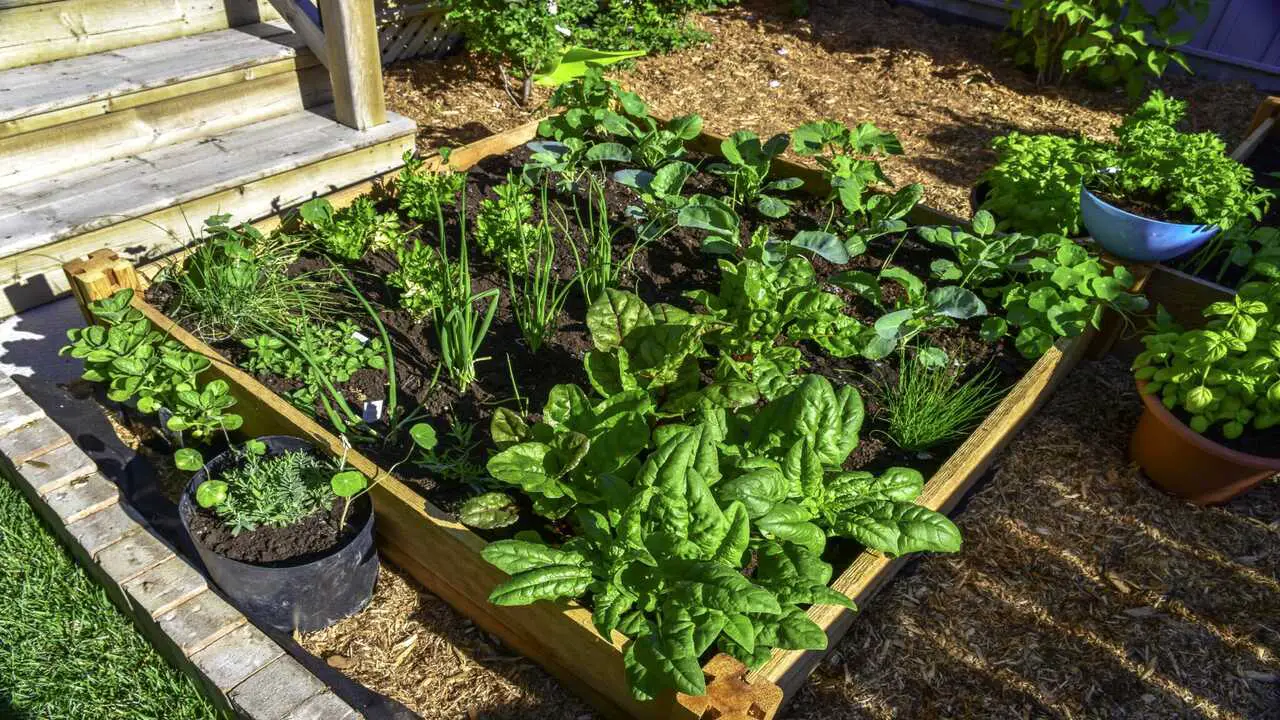
In today’s ever-expanding urban landscape, the availability of space for traditional gardening continues to dwindle. However, this limitation should not discourage aspiring gardeners from pursuing their green thumbs. In fact, it is essential to explore garden ideas for small spaces and maximum yields.
Why is this important, you may ask? Well, the answer lies in the numerous benefits that come with cultivating a garden, regardless of its size. Here we will give you 10 ideas to help you Garden Ideas For Small Spaces.
1.Use Edible Landscaping
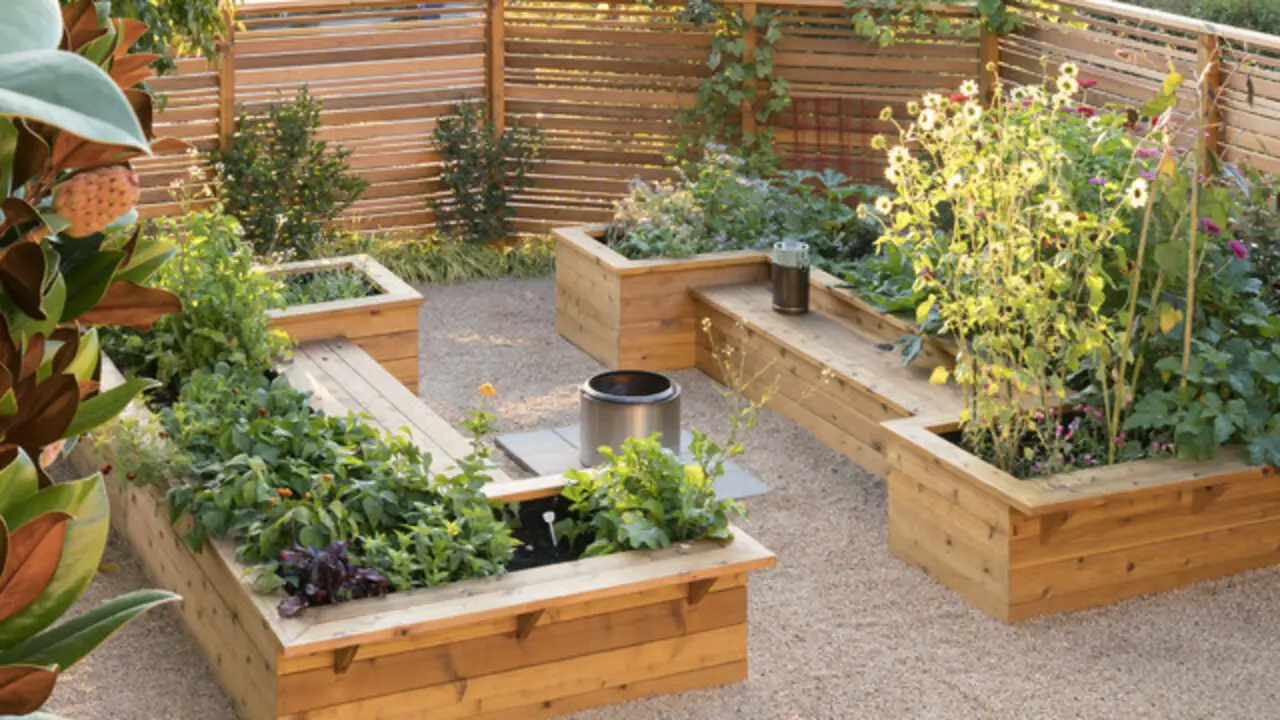
Edible landscaping is a sustainable and innovative approach to gardening that incorporates both aesthetic appeal and functionality. It involves the integration of food-producing plants into traditional landscaping designs, making it an ideal solution for small spaces where maximizing yields is crucial.
With edible landscaping, gardeners can transform their outdoor spaces into thriving and productive areas that offer a bountiful harvest. One of the key advantages of edible landscaping is its ability to optimize limited space.
By carefully selecting and arranging plants, even the smallest of gardens can yield a diverse range of fruits, vegetables, and herbs. You can utilize vertical gardening techniques, such as trellises and espaliered fruit trees, to make the most of vertical space. Additionally, container gardening allows for the cultivation of crops on patios, balconies, and rooftops, expanding the possibilities for those with minimal ground space.
2.Invite Pollinators
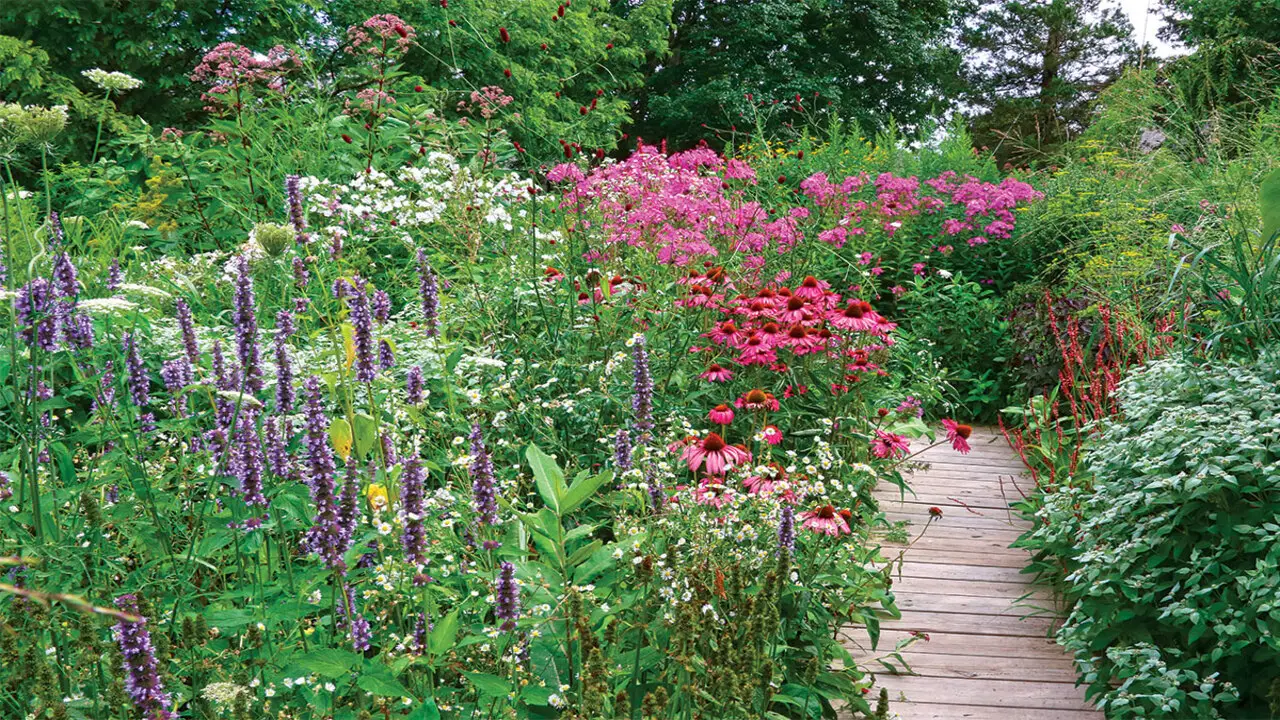
Creating a garden that not only maximizes yields but also invites pollinators is a challenge, especially for those with limited space. However, with the right ideas and careful planning, it is indeed possible to achieve both. One effective way to optimize a small garden for maximum yields and pollinator attraction is through the use of vertical gardening techniques.
By utilizing vertical space, such as walls or trellises, one can grow a variety of fruits, vegetables, and flowers. All while providing a haven for pollinators. Consider planting vining crops like cucumbers or beans that can grow vertically, making efficient use of limited ground space. Adding flowering plants such as lavender, and marigolds. Or cosmos along the trellises will not only attract pollinators but also enhance the aesthetic appeal of the garden.
3.Use Mounds And Spirals To Create More Growing Area
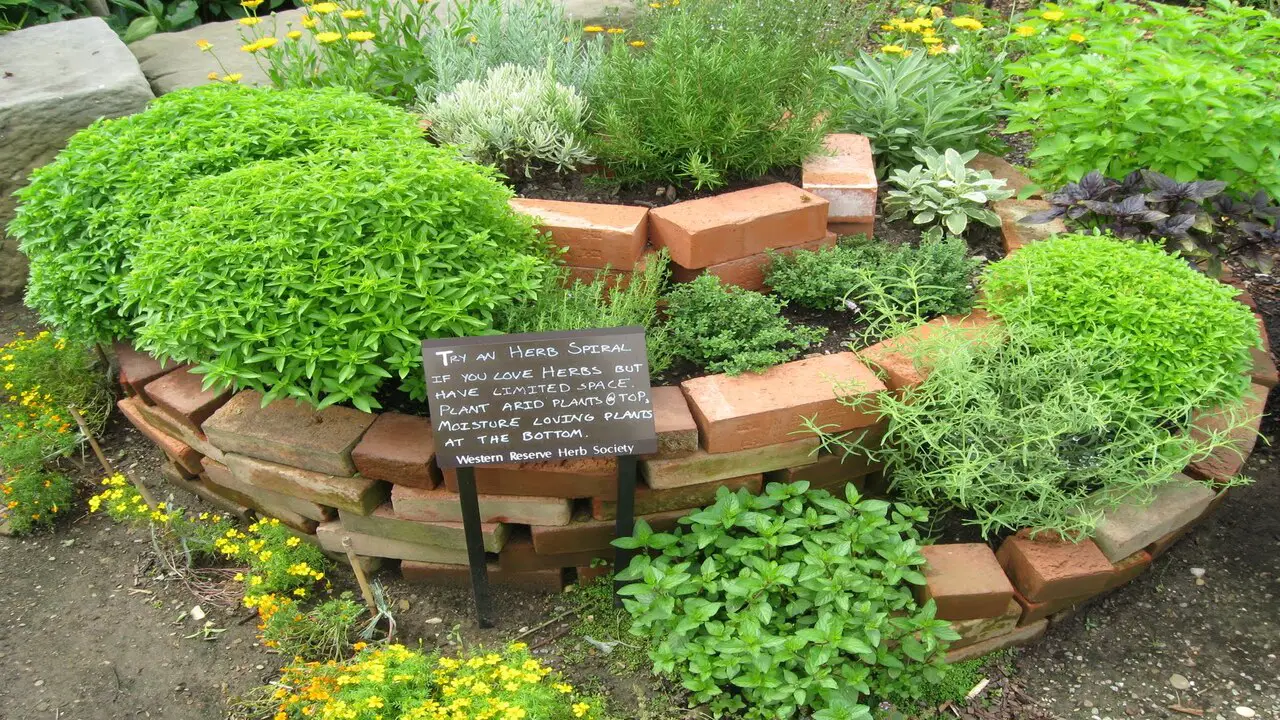
Regarding maximizing growing areas in small spaces, utilizing mounds and spirals can be a game-changer for any garden enthusiast. These innovative garden ideas not only make the most of limited space but also significantly increase yields.
Mounds, in particular, are an excellent solution for those with restricted square footage. Gardeners can effectively utilize vertical space and grow more plants in a smaller area by creating raised beds in a mound shape. Additionally, the compact nature of mounds creates a favorable microclimate, making it easier to control soil moisture and temperature.
Furthermore, incorporating spirals into the garden design can provide even more growing space. Spiral-shaped beds allow for a gradual increase in surface area, enabling the cultivation of a variety of plants with differing requirements. Herbs, vegetables, and even small fruit trees can thrive in these spirals, giving gardeners the opportunity to diversify their harvest.
4.Fertilize
Regarding gardening in small spaces, maximizing yields is essential. One of the key factors in achieving abundant harvests is proper fertilization. Fertilizing your plants provides them with the necessary nutrients for healthy growth and bountiful production.
Luckily, there are several garden ideas specifically designed for small spaces that can help you make the most of your gardening efforts. Consider using organic fertilizers.
These natural alternatives are not only environmentally friendly but also promote the long-term health of your plants. Compost, for example, is an excellent option for small space gardens. By composting kitchen scraps and yard waste, you can create nutrient-rich soil amendments that will nourish your plants throughout the growing season.
5.Use Trellises
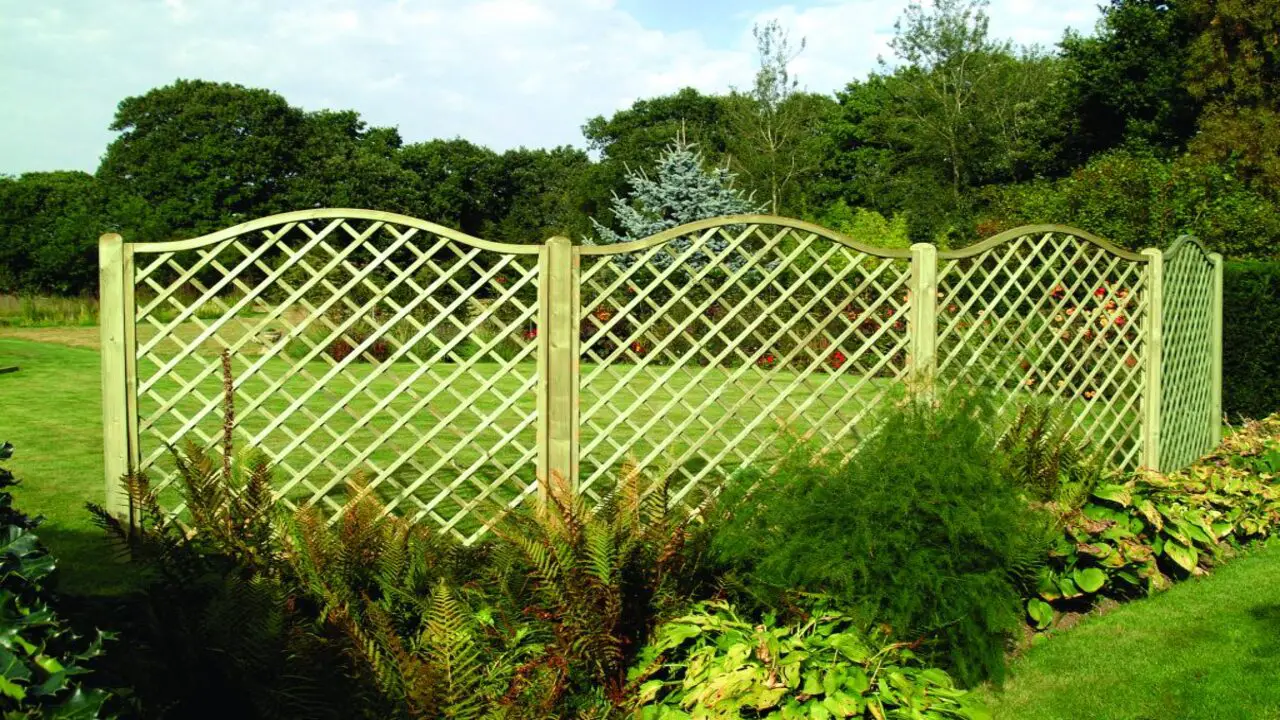
Regarding gardening in small spaces, the use of trellises can be a game-changer. These versatile structures not only add aesthetic appeal to your garden but also maximize yields by utilizing vertical space effectively. Trellises offer a practical solution for those with limited gardening areas, allowing them to grow a wide variety of plants and vegetables.
One of the key benefits of using trellises in small spaces is the efficient use of available land. By training plants to grow vertically, gardeners can take advantage of the unused airspace above the ground. This means that even a tiny backyard or balcony can be transformed into a productive garden. Additionally, trellises provide support to climbing plants, preventing them from sprawling on the ground and taking up valuable square footage.
6.Container Gardening
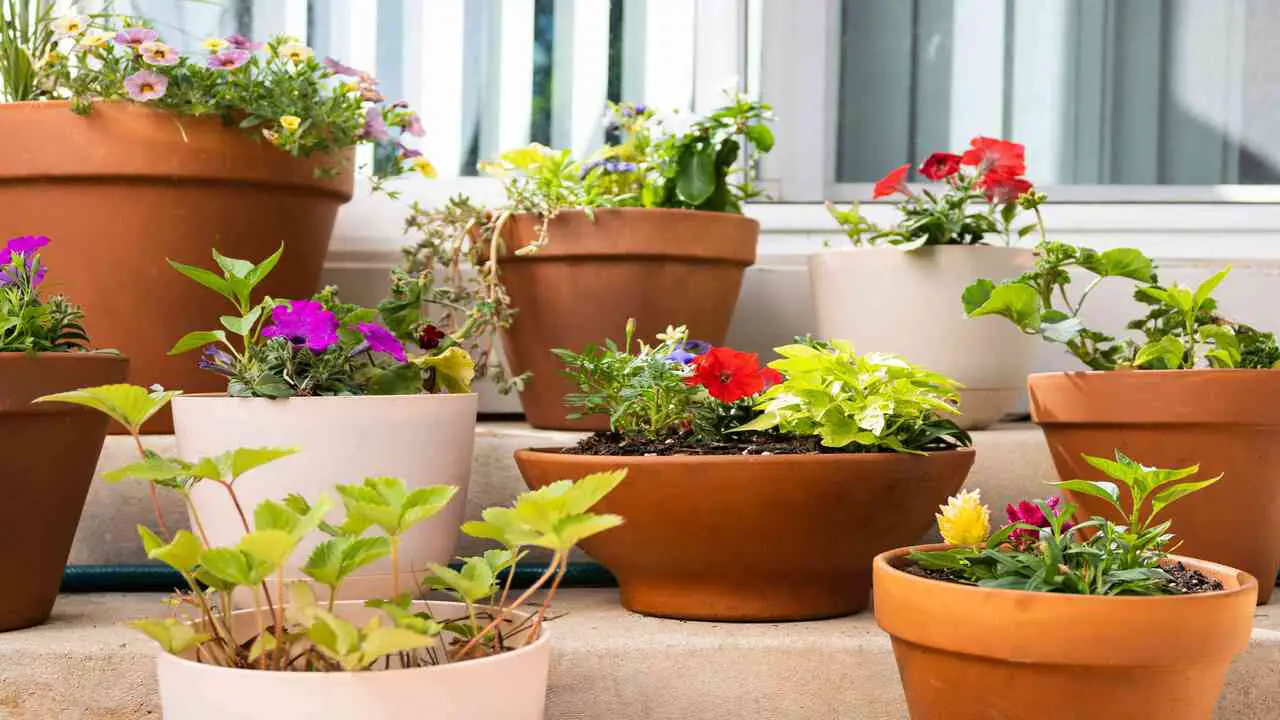
Container gardening is an excellent solution for those who have limited space but still want to enjoy the benefits of growing their plants. With the right techniques and careful planning, even the smallest of spaces can be transformed into a thriving garden.
Whether you have a small balcony, a tiny patio, or just a windowsill, container gardening allows you to maximize your yields while adding beauty and greenery to your surroundings. One of the key benefits of container gardening is its versatility.
You can choose from a wide variety of plants that are suitable for growing in containers, including herbs, vegetables, flowers, and even small fruit trees. By carefully selecting the right plants and using the appropriate containers, you can create a diverse and productive garden in even the tiniest of spaces.
7.Try Companion Planting

Regarding gardening in small spaces, maximizing yields can often be a challenge. However, with some strategic planning and the implementation of companion planting techniques, you can make the most of every inch of your garden. Companion planting is a method that involves planting different crops together in a way that allows them to mutually benefit from each other’s presence.
By choosing the right plant combinations, you can improve pollination, deter pests, and even enhance soil fertility. One effective strategy for small-space gardening is to try interplanting crops that have different growth habits.
For example, you can grow taller plants, such as tomatoes or corn, alongside shorter ones, like lettuce or radishes. The taller plants can provide shade and wind protection for the smaller ones, while the shorter plants can help suppress weeds and conserve moisture for their taller companions.
8.Choose Fruits And Vegetables That Give You The Best Yield In A
Regarding gardening in small spaces, it is essential to choose fruits and vegetables that not only thrive in limited areas but also provide a bountiful yield. By carefully selecting the right crops, you can maximize your productivity and make the most of your small garden space.
One great idea for small-space gardening is to focus on high-yielding plants that are compact in size. This way, you can grow a variety of fruits and vegetables without taking up too much room. For instance, cherry tomatoes and strawberries are ideal choices as they can be grown in containers and offer a continuous harvest throughout the season.
9.Plant Varieties That Have Higher Yields
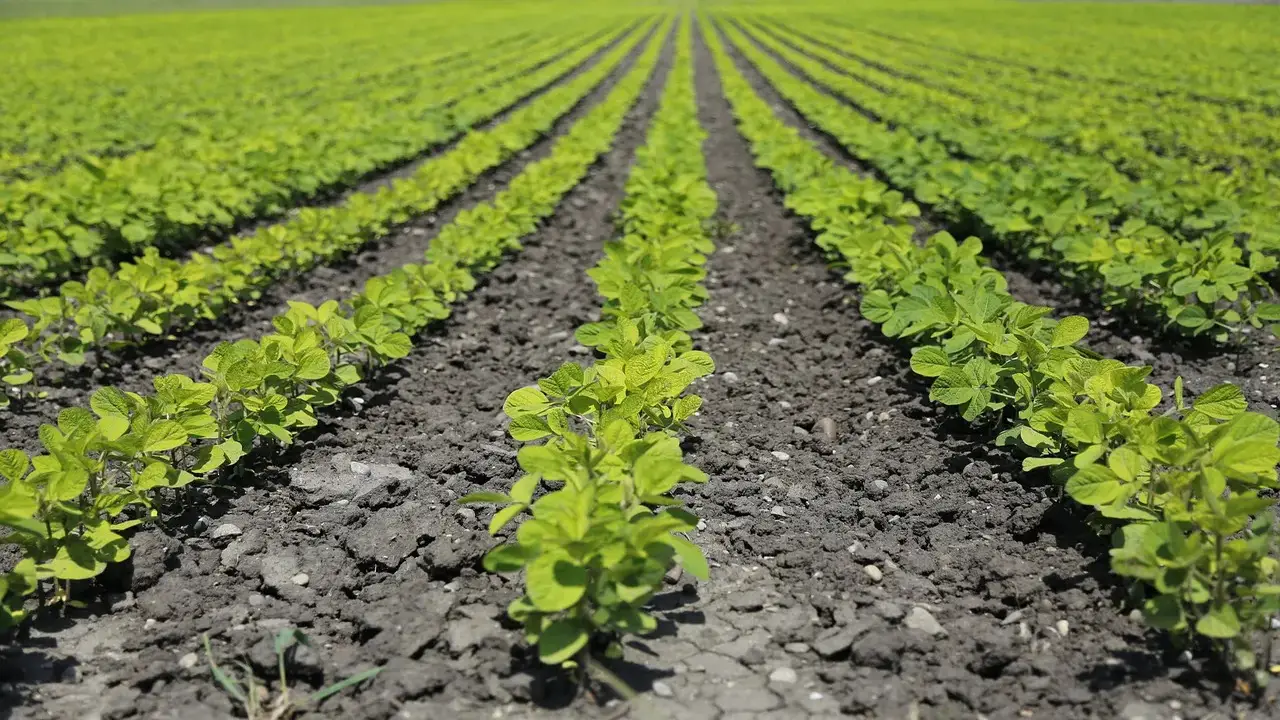
Regarding maximizing yields in small garden spaces, selecting plant varieties that have higher yields is crucial. These varieties are specifically bred to produce a greater quantity of fruits, vegetables, or flowers, making them ideal choices for gardeners with limited space.
By opting for these high-yielding plant varieties, gardeners can make the most out of their small garden areas and achieve impressive harvests. These varieties have been developed through careful breeding and selection processes to ensure optimal productivity.
For fruits and vegetables, options such as hybrid tomatoes, compact cucumber varieties, and dwarf fruit trees are excellent choices. These plants are specifically bred to be compact in size, yet they bear a bountiful harvest. Similarly, for flowers, selecting high-yielding varieties like zinnias, marigolds, and petunias can result in an abundance of colorful blooms.
10.Plant Back-To-Back Crops
In today’s rapidly changing world, finding innovative solutions to maximize yields in small spaces is of utmost importance. One such approach is the concept of planting back-to-back crops. This technique allows gardeners with limited space to make the most of their available area and yield a bountiful harvest.
Planting back-to-back crops involves utilizing the space between rows or beds by immediately replacing a harvested crop with a new one. The benefits of implementing a back-to-back crop planting strategy are numerous. It minimizes the time between harvesting and replanting, reducing the risk of soil erosion and nutrient depletion.
Secondly, it maximizes the use of available sunlight, allowing for more efficient photosynthesis and, ultimately, higher crop yields. Additionally, it helps prevent weed growth as the densely planted crops shade out unwanted plants.
Conclusion:
Having a small garden space may initially seem like a limitation, but in reality, it can be a blessing in disguise. With the right planning and creativity, small gardens can yield just as much, if not more, produce than larger gardens. Having a small garden space does not mean sacrificing a bountiful harvest.
With the right planning and creativity, small gardens can yield just as much, if not more, produce than larger gardens. From vertical gardening to using compact and multi-functional plants, there are various ways to maximize space and increase yields.
So don’t let limited space hold you back from creating a thriving garden. With these ideas and tips, you can turn any small space into a productive and beautiful garden. If you read the above outline properly, we hope now you understand garden ideas for small spaces and maximum yields.
FAQ:
1.What Are Some Garden Ideas For Small Spaces That Can Help Maximize Yields?
Ans: One idea is vertical gardening, where plants are grown on walls or trellises to save space. Another option is container gardening, using pots or raised beds to grow a variety of crops. Additionally, intercropping, where different plants are grown together to utilize space efficiently, can also increase yields.
2.How Can I Achieve Maximum Yields In A Small Space Garden?
Ans: Optimize your garden layout by utilizing companion planting and intercropping techniques. Choose high-yielding plant varieties and regularly fertilize and water your plants. Implement proper pruning and training methods to encourage healthy growth and maximize productivity.
3.What Are Some Space-Saving Techniques For Small Gardens?
Ans: Utilize vertical space by installing shelves or hanging planters. Make use of tiered or stacked planters to grow multiple plants in a small area. Consider using trellises or fences for climbing plants and use hanging baskets or wall-mounted planters to save ground space.
4.Are There Any Specific Tips For Designing A Small Space Garden?
Ans: Use a combination of different heights and layers to create visual interest. Incorporate hanging baskets or vertical planters to make use of vertical space. Choose multipurpose plants that serve both aesthetic and functional purposes, such as herbs or edible flowers.
5.Are There Specific Vegetables Or Fruits That Are Ideal For Small Gardens With Limited Space?
Ans: Yes, crops like tomatoes, herbs, salad greens, and strawberries are well-suited for small gardens due to their compact growth habits and high yields. These crops are not only delicious and nutritious, but they also have compact growth habits that make them ideal for small spaces.

